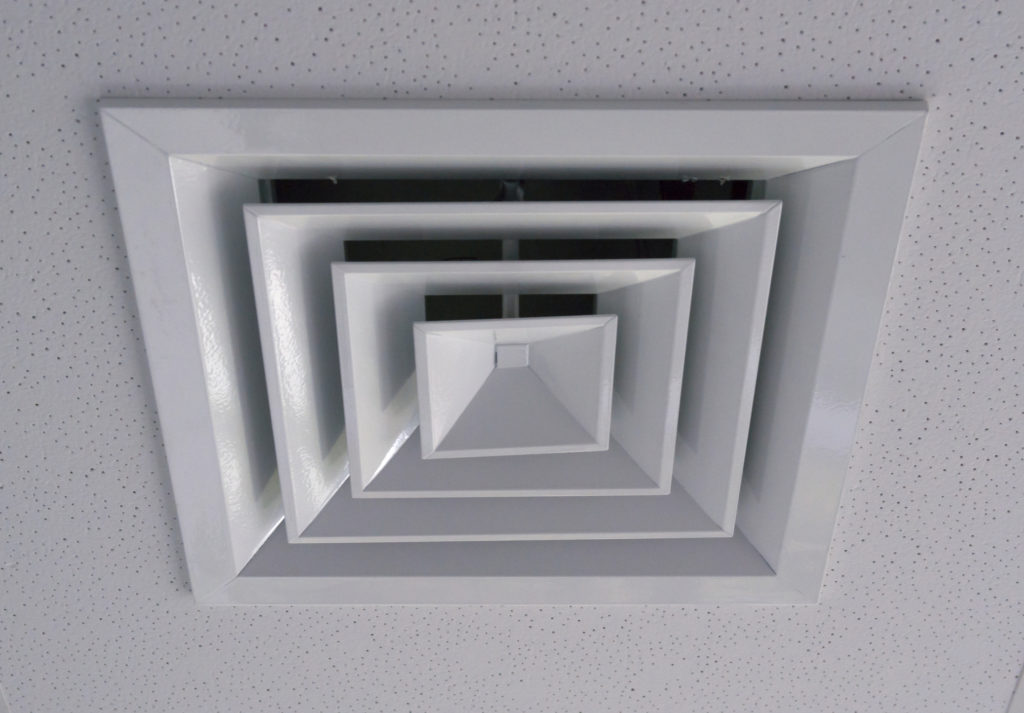Indoor air quality is a crucial yet often overlooked aspect of our living environments, profoundly impacting our health and well-being. As we spend the majority of our time indoors, the air we breathe can harbor a range of pollutants, with mold being a particularly insidious problem.
Mold thrives in damp, poorly ventilated spaces, creating not only unsightly patches on walls and ceilings but also posing serious health risks. Symptoms associated with mold exposure can range from mild allergies to severe respiratory issues.
Understanding the intricate connection between indoor air quality and mold is essential for fostering a healthier home environment, as well as for recognizing the lingering effects this fungal intruder can have on our daily lives. In this article, we will delve deeper into this relationship, exploring how mold proliferates, its effects on air quality, and practical steps to mitigate its presence in our homes.
How Mold Influences Indoor Air Quality

Molds presence in indoor environments significantly impacts air quality, often with alarming consequences. When mold spores become airborne, they can infiltrate living spaces, posing health risks to inhabitants, particularly those with respiratory issues or weakened immune systems.
The spores, tiny and invisible, can be carried through ventilation systems, spreading allergens throughout the home. Additionally, as mold grows, it not only produces spores but also mycotoxins, which are harmful substances that can exacerbate allergies and trigger inflammation.
The damp conditions that encourage mold proliferation create a vicious cycle that further degrades air quality. In essence, addressing mold issues is not merely a matter of aesthetics; it is vital for ensuring safe, breathable air and maintaining overall well-being in indoor spaces.
Health Impacts of Mold Exposure

Mold exposure can have a myriad of health impacts, often manifesting in both immediate and long-term effects that can vary greatly among individuals. Breathing in mold spores can trigger allergic reactions, leading to symptoms such as sneezing, coughing, and itchy eyes—even for those who may not have previously displayed sensitivities.
In more vulnerable populations, including children and the elderly, the implications can be more severe, potentially exacerbating asthma and respiratory illnesses. Moreover, some molds produce mycotoxins, which pose additional health risks; these toxic compounds can lead to neurological issues and, in rare cases, may contribute to more serious conditions.
As the layers of complexity surrounding mold and health unfold, it becomes clear that not everyone will respond to mold exposure in the same way, highlighting the importance of personalized approaches to indoor air quality management. Understanding these diverse reactions is essential for creating safer living spaces and mitigating the elusive health risks associated with mold.
The Role of Ventilation in Mold Control

Ventilation is a key player in the battle against mold proliferation within indoor environments. When fresh air circulates through a space, it dilutes indoor pollutants and moisture levels—two prime culprits for mold growth.
Proper ventilation systems, whether natural through open windows and doors or mechanical through HVAC systems, help maintain a balanced humidity level, ideally between 30% and 50%. But it’s not just about ensuring air moves around; the quality of that air matters, too.
Stagnant air areas, often found in basements or attics, can become breeding grounds for mold if not properly ventilated. By strategically implementing ventilation solutions, homeowners can create an inhospitable environment for mold spores, ultimately enhancing indoor air quality and promoting a healthier living space.
Ignoring this essential component, on the other hand, can lead to a cascade of problems that extend far beyond mere aesthetics, potentially jeopardizing both health and property.
Conclusion
In conclusion, maintaining optimal indoor air quality is essential for safeguarding health and preventing the unwanted growth of mold in our living and working environments. The intricate relationship between poor air quality and mold proliferation underscores the importance of regular assessments and, when necessary, professional interventions.
Thorough mold inspection St. Petersburg, FL, is essential to ensure homes and businesses remain safe and comfortable.By prioritizing indoor air quality and addressing potential mold issues proactively, we can foster healthier environments that promote well-being for everyone.


